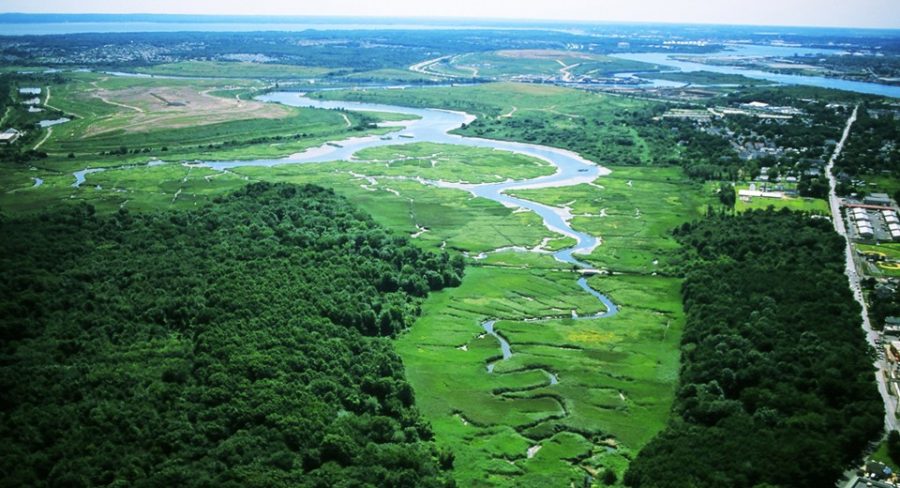Largest Landfill in the World Turned into Biological Wonder
September 27, 2020
Sitting at two thousand, two hundred acres, Freshkills is the largest park that has been developed in New York since the 19th century. However, the land has not been restored to its natural beauty since 1948, at which point it was changed into a landfill. Since then, Freshkills park gradually became the world’s largest landfill, with nearly one hundred and fifty million tons of garbage sitting on the land. Multiple plans to reform Freshkills into a natural oasis were put together and in 2001, these plans were nearly put to action. Unfortunately, the week of the supposed “last dump” into Freshkills fell on the week of the Twin Towers attack, and multiple tons of trash from the cleanup were dumped in Freshkills. The plans to reform Freshkills park were still on the table, but they moved in nearly 30 phases throughout the next twelve years.
Now, in the year of 2020, Freshkills is becoming the world’s most environmentally diverse landfill-turned-oasis. From wetlands and marsh to multitudes of grasslands, Freshkills is a home for hundreds of species of trees, birds, plants, insects, and wild animals. Testing is being done to make sure that animals born and raised in Freshkills are not exposed to any toxic chemicals, and groundwater is monitored closely. Because of the land’s environmentally unique qualities, it can host vulnerable plant and wildlife populations. Rare grassland birds and native grasses have already made Freshkills their home, with even more diverse species on the way.
Part of what makes Freshkills so unique is the vast amounts of engineering going into connecting various portions of the park. Tidal creeks run through the center of Freshkills, with recreational waterways flowing throughout the park. A public roadway system is set in the plans to connect different sections of the park, similar to the Springville Greenway, a road along the eastern edge of the park that was completed in 2015. Different walking and biking paths are being incorporated into the landscape as well, set across the entire acreage of the land.
However, Freshkills won’t simply be a bio-oasis. It will also be a safe place for art, recreational activities, social gatherings, performances, and tours. The Freshkills Park Alliance is seeking partners in universities, various art programs, and schools to create and fund projects such as photography and bird-watching. Families are welcome to come to kayak, hike, fly kites, and engage in various other outdoor activities. Two spaces have already opened up for the enjoyment of numerous New Yorkers‒the Owl Hollow soccer fields and Schmul Park. Schmul Park is an environmentally-friendly playground with basketball courts and colorful, bouncy rubber that makes it safe for young children to run and play on. The Owl Hollow soccer fields have 20 acres of landscaped soccer fields along with paths around the area and an Owl Hollow house on the way, created to provide outdoor seating, maintenance of the area, and an electric vehicle charging station. Similar areas are in the process of being landscaped and built throughout the park for more family enjoyment in the future.
While there is no clear end date for the renovation of Freshkills park, there are multiple plans for the park set for the future. From beautiful walking trails to small social gathering areas, the landscape is truly set to blossom even more throughout the next decade. Freshkills park has become a source of pride for the residents of Staten Island and a home for many species, both big and small.
All information on Freshkills park and it’s progress can be found on the Freshkills Park Alliance webpage: https://freshkillspark.org/






















































































































































Tabitha Fitzgerald • Sep 28, 2020 at 10:23 am
Wow! I had no idea that this was going on! Thank you for writing about this. it’s so refreshing to hear about something good going on in the world right now!